2024 NCP Cross-Cultural Exchange and Social Entrepreneurship Indonesian Study Tour
by Oliver Barr-David
Bhinneka Tunggal Ika – Unity in Diversity, Our 2024 Indonesian Study Tour

Over two weeks in June, along with ten other students from the University of Queensland, I had the incredible opportunity to participate in the 2024 NCP Social Entrepreneurship and Cultural Awareness Indonesian Study Tour. The tour was funded by the Department of Foreign Affairs and Trade (DFAT)’s New Columbo Plan (NCP) Mobility Program and the UQ Andrew N. Liveris Academy for Innovation and Leadership.
After a brief transit in Singapore and a one-hour ferry ride, our journey officially began on Bintan Island. We were welcomed with open arms and infectious laughter by staff and students from the School of Business Management, Institut Teknologi Bandung (SBM ITB) and Politeknik Bintan Cakrawala (PBC). Throughout our three-night stay, I was consistently captivated by the island’s rich cultural diversity and fascinating attractions. The various communities we engaged with were so very welcoming and friendly, making it easy to connect with them - despite our limited Bahasa.
On our first day, we visited Doulos Phos, a former cruise ship that held the title of being world’s oldest active ocean-going passenger liner, now permanently beached on its own man-made Anchor Isle and transformed into a hotel.
Doulos Phos is a remarkable marvel of naval engineering and architecture. It was inspiring to learn how the Singaporean and Indonesian communities united to accomplish the feat of transitioning the vessel to its final resting place. Aboard the ship, we enjoyed delicious local dishes and had a brief Bahasa lesson.

Day two brought a completely different experience. Touring the PBC Campus provided insightful and fascinating perspectives on how diverse cultures approach learning. Afterwards, we travelled to Pengudang Village for an overnight homestay. Immersing ourselves in the local community offered a profound understanding of their way of life, which differs greatly from our own.
The experience proved to be humbling and culturally eye-opening. We also participated in the Pengudang Mangrove revegetation and beach clean-up project, learning interesting aspects about the local way of life, as well as about some conservation and sustainability challenges, such as overfishing and dugong endangerment, on Bintan Island.
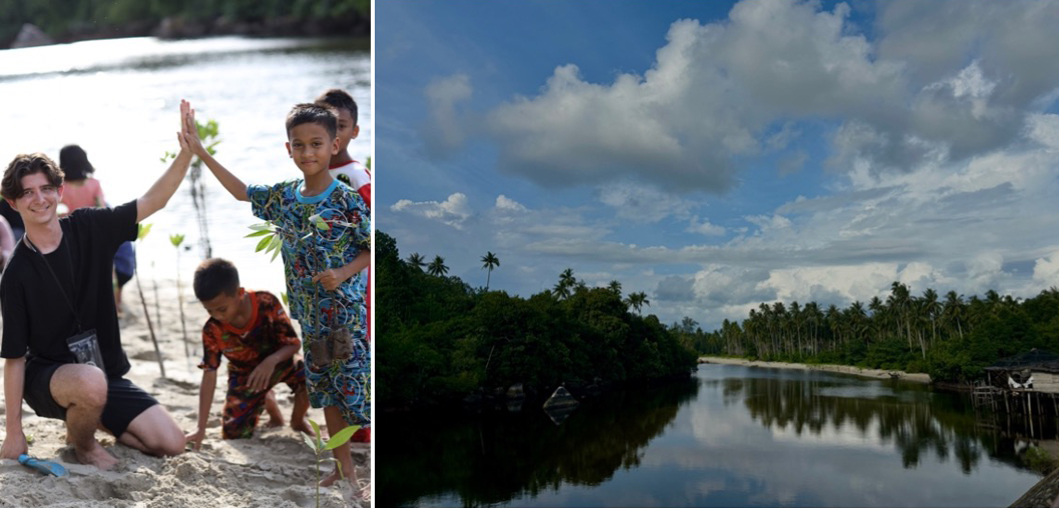
On our final day on Bintan Island, we travelled to Trikora Beach and spent the day on Bintan Black Coral - an offshore floating or stilted platform called a Kelong, used primarily for fishing and accessed only by boat. The day was filled with fun and beauty.
After kayaking, snorkelling, and fishing around the Kelong, I found myself eager to return to Bintan Island for a scuba diving expedition.
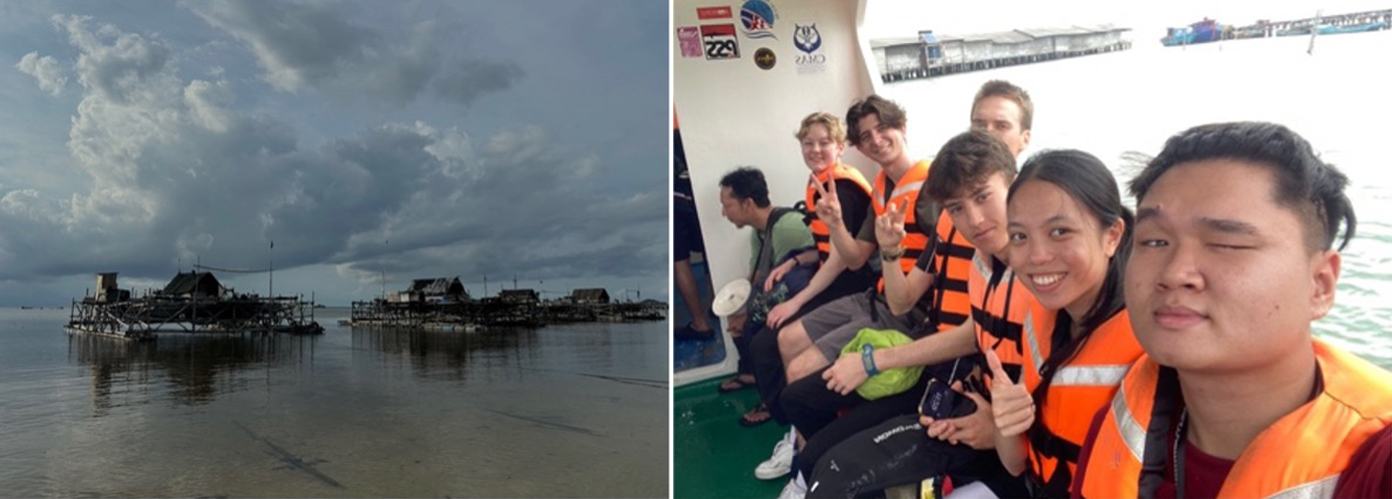
Overall, Bintan Island was a wonderful start to this trip. The people and communities were warm and kind, despite the challenges they face in their daily lives. It was very beneficial to meet and spend time with so many diverse groups, and I am very grateful for the experience.
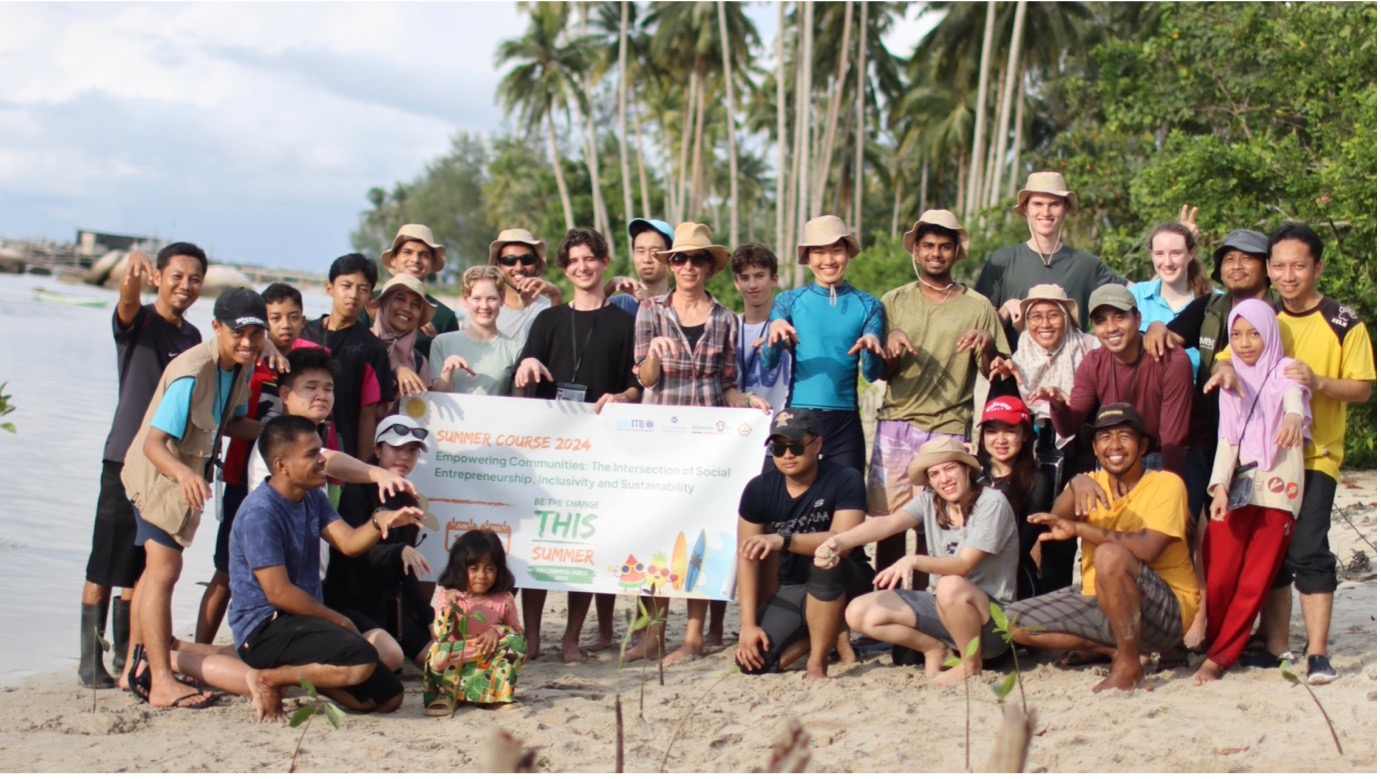
Next, we flew from Bintan to Jakarta and then drove to Bandung in West Java. With a free day at our disposal, we decided to make the most of it by hiking from Jayagiri Forest to the volcano crater of Gunung Tangkuban Perahu. The trek was beautiful, with diverse flora and offered a fascinating contrast to Australia’s bushland.
Despite our limited pencil-drawn map and lack of local guidance, which led us to get lost a few times, we managed to retrace our steps and follow the most beaten path – listening for and following the faint singing coming from the various mountain Warungs.
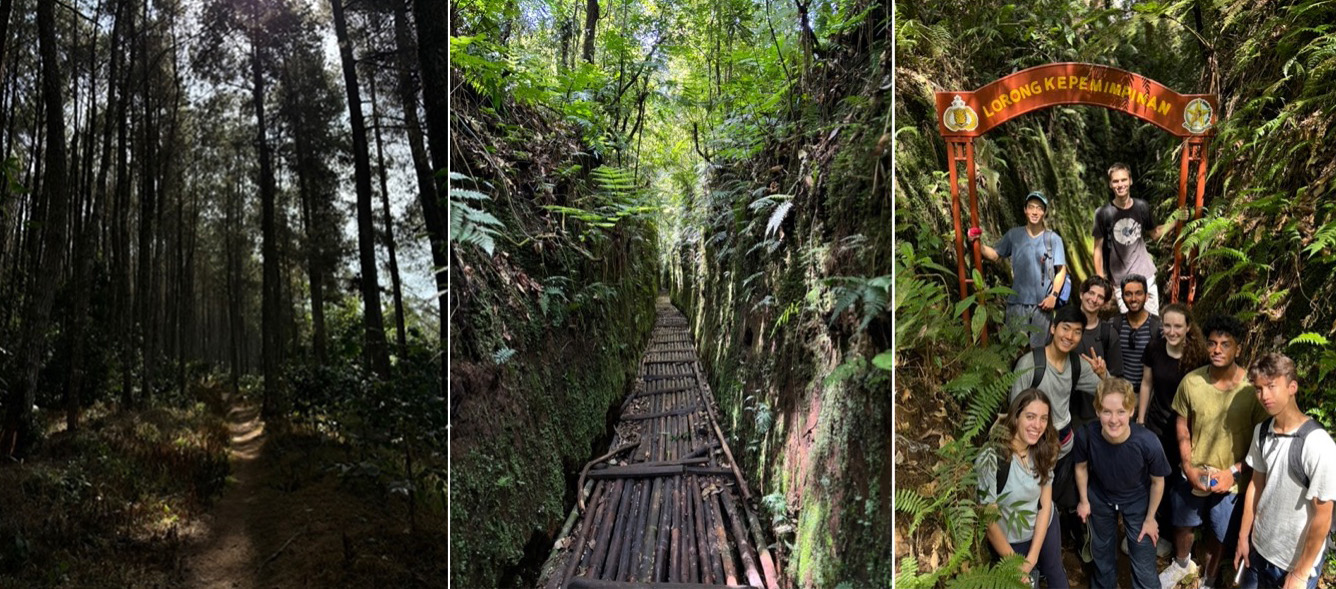
When we reached the summit of Tangkuban Perahu, we serendipitously stumbled upon the “Ngertakeun Bumi Lamba” or “Blessing the Earth” ceremony, a cultural and spiritual event conducted by the Sundanese people. Indigenous peoples gather to perform rituals aimed at honouring the natural environment and seeking blessings for the land and its safety.
In not only witnessing this incredible ceremony of prayers, offerings and traditional song and dance but also the gorgeous scenery of Jayagiri and the breathtakingly astonishing views over the mouth of the volcano – this day was truly a once-in-a-lifetime experience.

Over the next two days, our cohort was graciously welcomed to ITB’s Ganesha Campus. I was immediately surprised to find that the whole university was taught in English. I couldn’t help imagining the challenges I would face if I had to transition from high school to university in a completely different language. The campus itself was beautiful, featuring symmetrical and pleasing architecture surrounded by plenty of green spaces. I was particularly impressed with the campus’s commitment to sustainability. One notable initiative being a monitor above the elevators that tracked the university’s energy usage, encouraging the use of stairs.
During our time at ITB, we had the privilege of hearing from Dr. Bambang Rudito, Dr. Paul Lim, and Dr. Mashitah Binti Hamidi, each offering unique and valuable insights. I felt very humbled and privileged that Dr. Lim and Dr. Hamidi had flown from Singapore and Malaysia to speak to us.
Dr. Rudito educated us about Indonesian culture and history, including the origin of the national emblem, the "Garuda", a bird with seventeen wing feathers, eight tail feathers, and forty-five neck feathers. These numbers represent the date of Indonesia's Independence Day (17/08/1945), and the bird holds a banner that depicts "Bhinneka Tunggal Ika", or "Unity in Diversity" – which symbolises Indonesia's various ethnic groups that unite towards one goal. Dr. Rudito also discussed the past and ongoing political challenges faced by Indonesia, such as the interference and disruption that industrialisation, innovation, and resource gathering is having on the local communities and cultures, and how it is descending such groups into conflict.
Emerging industrial companies are clashing with local communities over their dependence on nature and differing values, for example: money, profit and income versus land, food, and ways of life. This has previously and continues to cause unrest and mutually negative outcomes for both groups.
Ethics and Corporate Responsibility was addressed by Dr. Lim, who explained that ethics is the study of morality. He highlighted that moral reasoning involves making logically accurate, relevant, and consistent decisions, while Kantian ethics emphasise reciprocating actions, and treating people as ends in themselves, not merely as means. During the lecture, we engaged in an open discussion about various ethical dilemmas, challenging our morals and exploring what is truly 'right' or 'wrong'. I found Dr. Lim’s lecture to be very interactive and engaging, and I was glad to have left the class with newfound knowledge.
Dr. Hamidi’s session on social entrepreneurship offered a profound exploration of how women can drive sustainable community development. She highlighted how social entrepreneurs can tackle complex societal issues with innovative business models prioritising social impact over profit. Emphasising inclusivity, Dr Hamidi stressed the integration of marginalised groups into economic and social spheres and underscored the importance of sustainability, balancing environmental, economic, and social dimensions for long-term success.
Her discussion on empowering women through entrepreneurship showcased their unique leadership styles, resilience, and focus on education and healthcare. These qualities are crucial for fostering inclusive growth and societal change. Supporting women in social entrepreneurship not only enhances economic opportunities but also enriches communities by amplifying diverse voices and solutions for a better future.
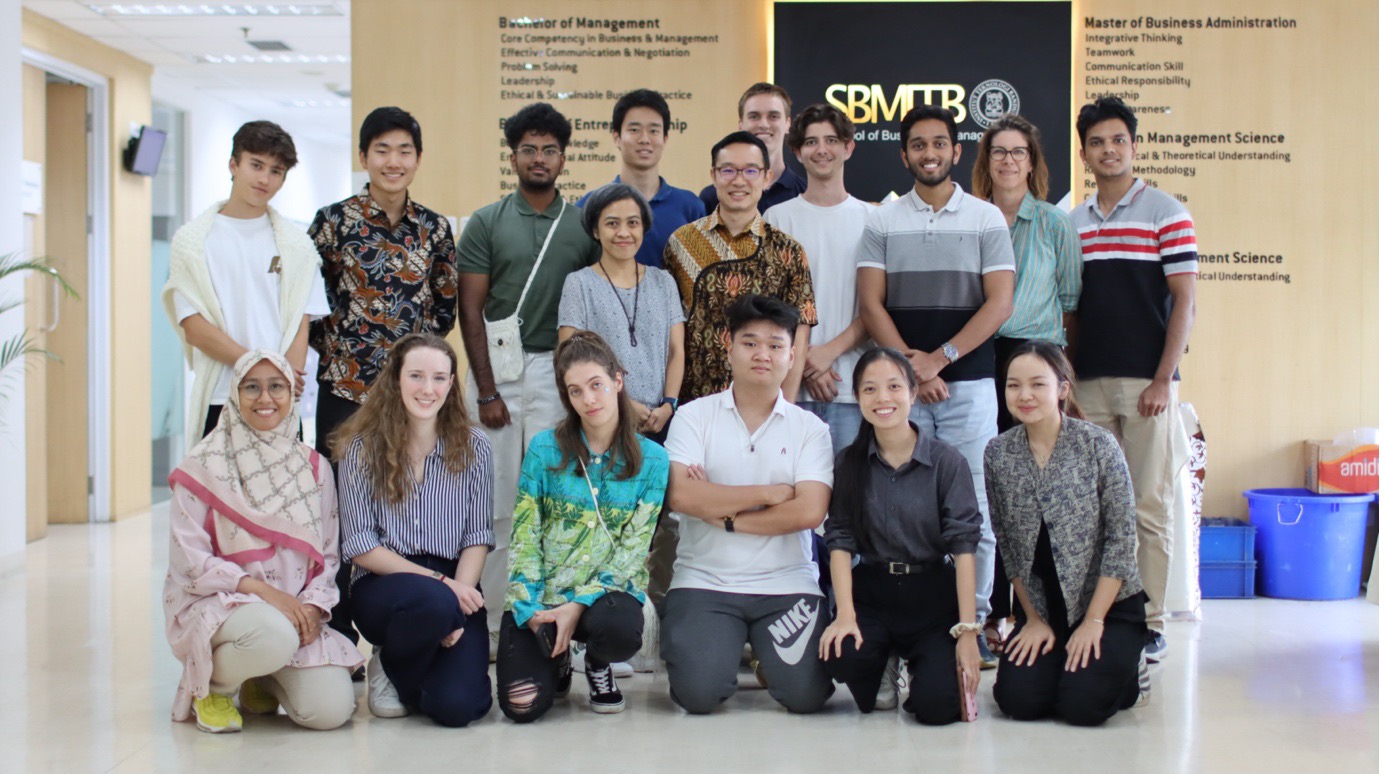
After our time at ITB, we had the remarkable and insightful experience of visiting the PLTS Terapung Cirata 192 MWp Floating Solar PV Farm, Southeast Asia’s largest floating solar plant. The sheer scale of the solar farm was awe inspiring, and witnessing the entire project was incredible. It deeply resonated with my personal interests and career aspirations in sustainable electromechanics and electrical-power engineering.
The 145MW Cirata Floating PLTS is situated in the Cirata Reservoir and covers an area of 250 hectares. Despite being the largest floating PLTS in Southeast Asia, it occupies only about five percent of the reservoir.
The solar farm is separated from other parts of the reservoir frequented by fishermen, and its construction caused displacement to only a small number of locals, who were duly compensated. This farm has the capacity to produce between 250 to 300 GWh/year and can prevent up to 214,000 tonnes of CO₂ emissions annually. The plant consists of 340,000 PV modules mounted on an anchored modular floating system.
Generated power flows through a DC combiner, floating power lines, and inverters before being stepped up to transmission lines and to greater Java. Each PV module is angled at 6 degrees towards the equator to maximise light coverage and energy generation efficiency. To minimise energy loss due to solar heat, water evaporates beneath the PV modules, cooling them in the process.

On the same day, we visited Cirata village and learned about the challenges faced by the community due to the Citarum River, one of the most polluted rivers in the world, which flows into the Cirata reservoir. The polluted water encourages the growth of invasive water hyacinth. In response, the Cirata communities have united to clean the polluted waters.
Local hero, Duduy Abdulah founded "Ciecra, Cirata Eceng Craft,” a company that harvests and dries the water hyacinth, repurposing it into handcrafted items, such as baskets, placemats, rugs, handbags, pots and hats. These products are exported globally, encouraging the growth of a circular economy within these communities.
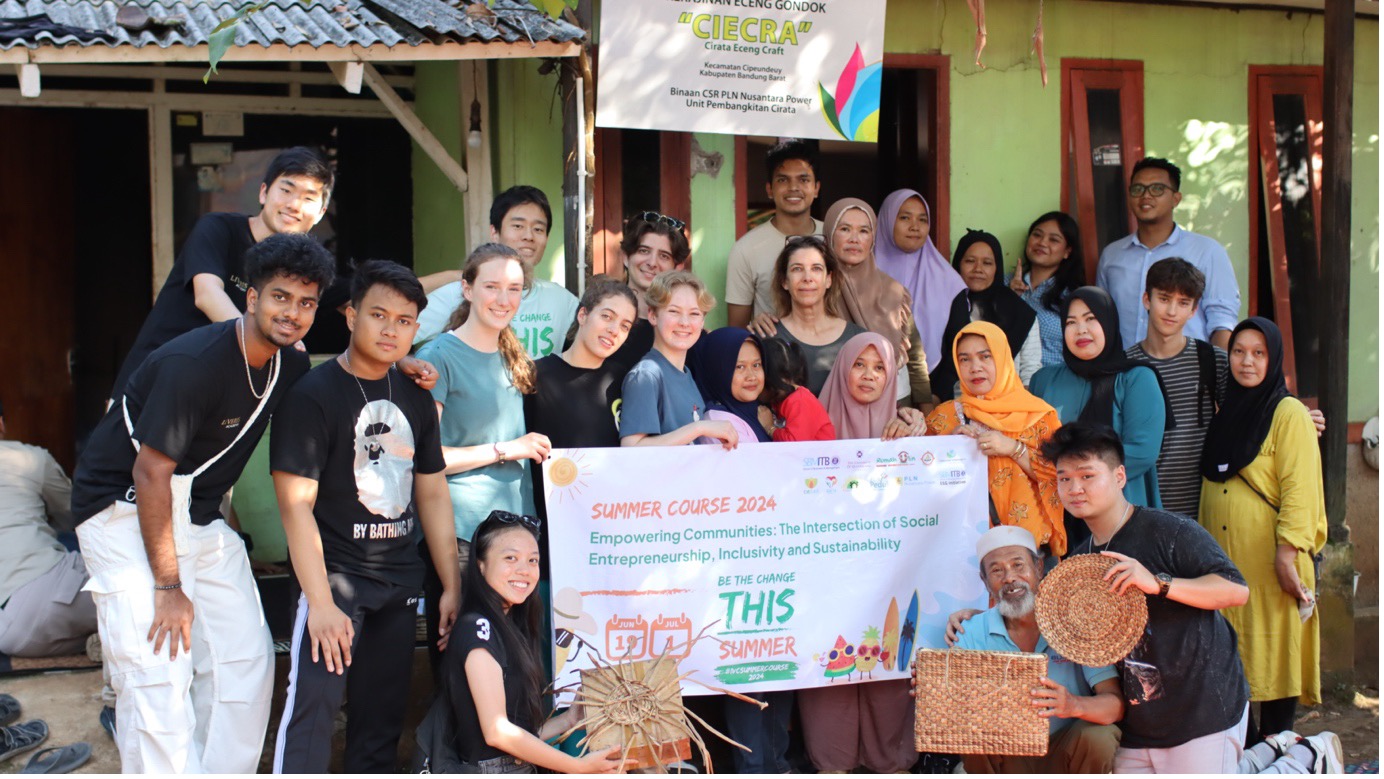
The next morning, we embarked on a cultural journey with Batik Komar, exploring the creation of the authentic traditional Indonesian clothing, "Batik". There are two methods of creating batik: batik cap, and batik tulis. Batik cap, or stamped batik involves using handmade copper stamps to print repeating designs in wax onto fabric before dyeing and washing it in hot water to remove the wax, preserving the colours underneath.
The process begins with sketching a design for the stamp, followed by placing copper sheets vertically in the stamp frame to replicate the drawing. After approximately two weeks per design, the copper sheets are welded into the shape of the drawing, making the stamp ready for batik. With melted batik wax, the stamp impresses its design onto cotton or silk fabric.

Batik tulis, or written batik, is a meticulous process where a "canting," a pen- like tool, is used to apply hot wax directly onto the fabric by hand. Unlike batik cap, batik tulis is not limited by symmetry but takes far longer to perfect designs and is more expensive.
This was a beautiful experience and gave me a new understanding and appreciation of the beauty of batik, especially after attempting to create designs in both batik cap and batik tulis myself. The complexity and artistry involved in both methods were truly enlightening.
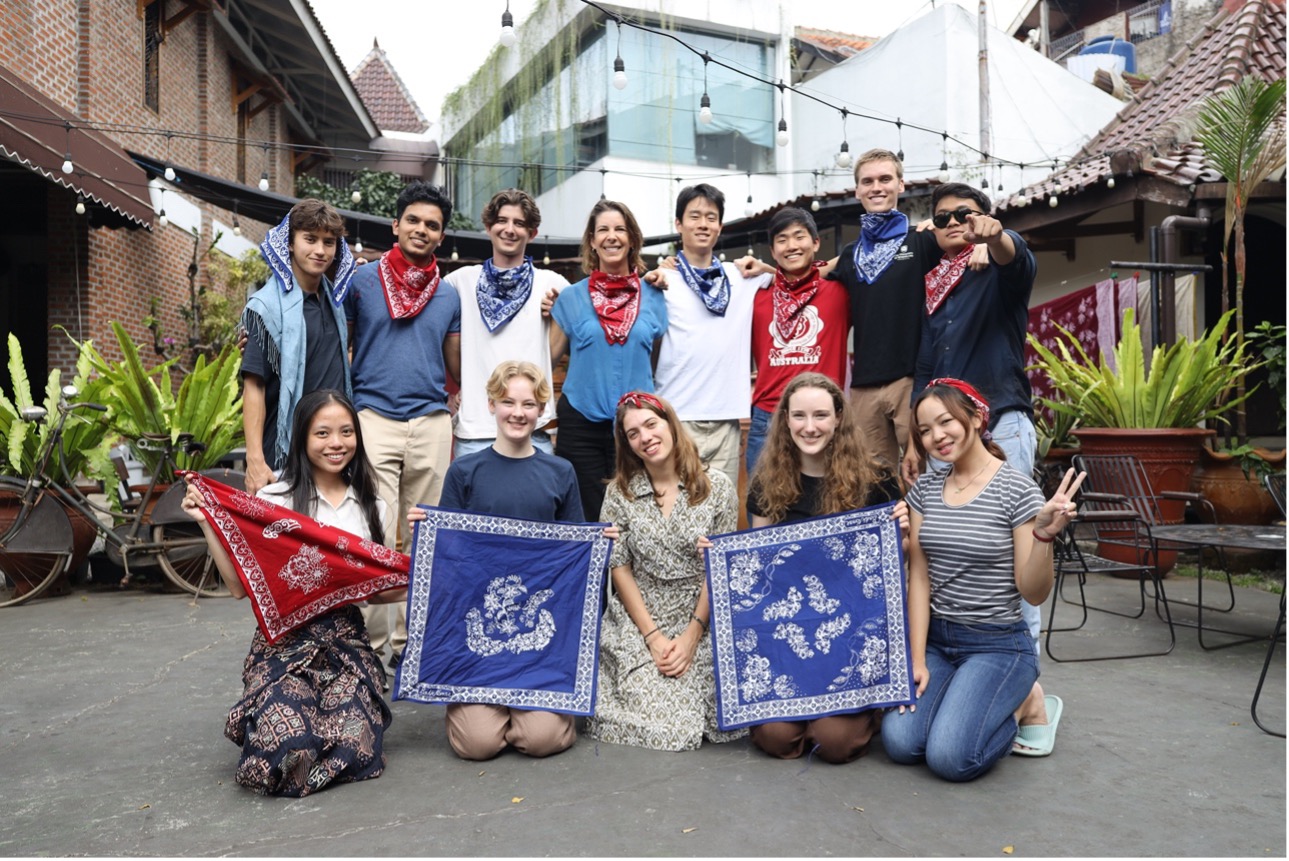
Afterwards, we visited Saung Angklung, the Udjo Performance, for an impressive and emotionally touching production involving traditional Indonesian song and dance, and the use of a bamboo instrument “Angklung”. They presented a fascinating depiction of the Wayang Golek story through a traditional puppet show, as well as cultural dances representing the many diverse islands and communities of Indonesia.
The engagement of the children in the performances, the audience's participation in playing the angklung instrument, and the heartwarming nature of the entire performance made it an evocative and mesmerising insight into their proud cultural traditions.
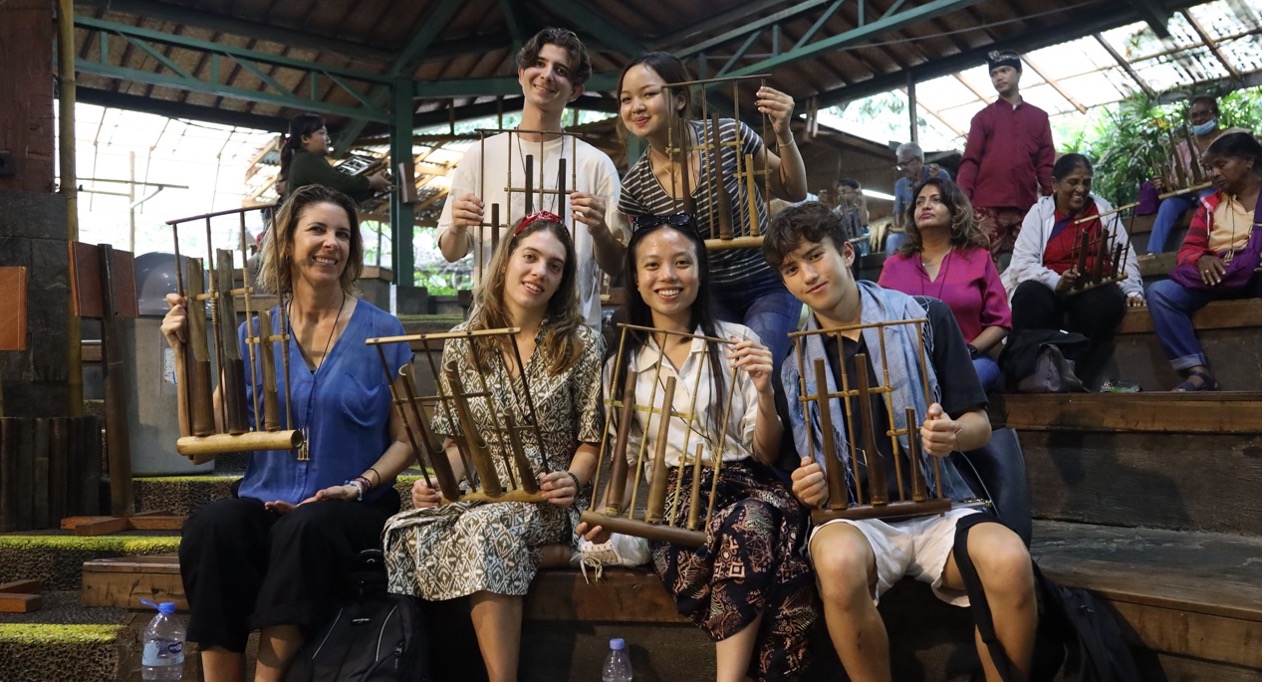
Next, we visited the innovative and sustainable local business, MYCL Mycotech Farm. Founded in 2012, MYCL started as a DIY mushroom growing company, but over ten years of research and development in mycelium-based products, the company has developed a high-load bearing mycelium composite material, MYLEATM mycelium leather, and mycelium-based powder board.
MYCL is a groundbreaking initiative in bioprocessing development, and it was an incredible opportunity to have experienced the processes of these new and emerging, sustainable products.
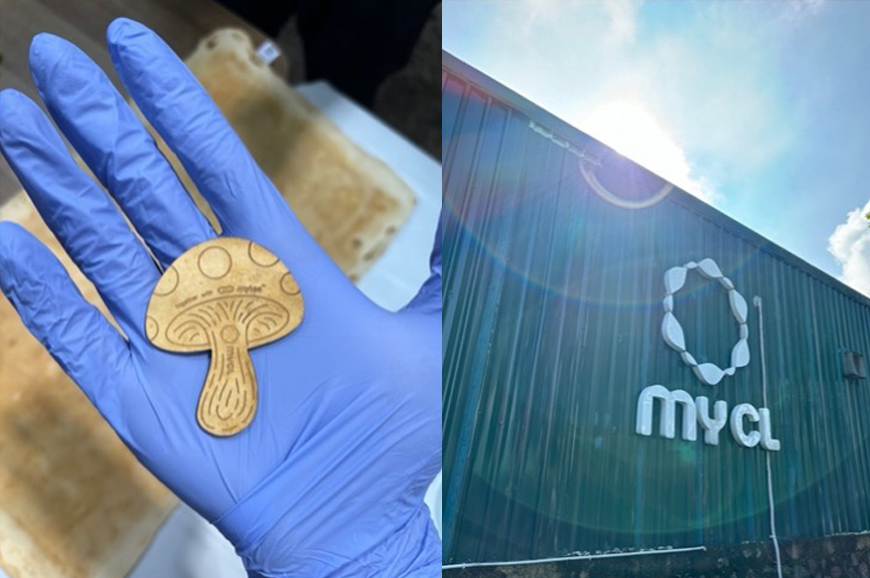
Our final excursion was to the Teras Hijau Project, a social movement initiated by SBM ITB, dedicated to integrating circular economy principles in underprivileged communities. The project has transformed a public waste dumping ground into a self-sustaining community that houses and feeds families, educates residents on sustainable practices, and fosters resilience and sustainability.
During our time at Teras Hijau, we assisted in providing meals to homes in the community, learning about recycling and upcycling practices such as using organic waste to creating eco-enzyme cleaners and soaps, converting waste cooking oil into scented candles, and repurposing plastic waste into jewellery. Additionally, we had the incredibly heart-warming experience of providing English lessons to the local children, developing interactive and engaging learning methods, and conducting fun and informative classes of basic English. The Teras Hijau Project is truly a remarkable initative, and I feel honoured to have had the opportunity to be a part of it.
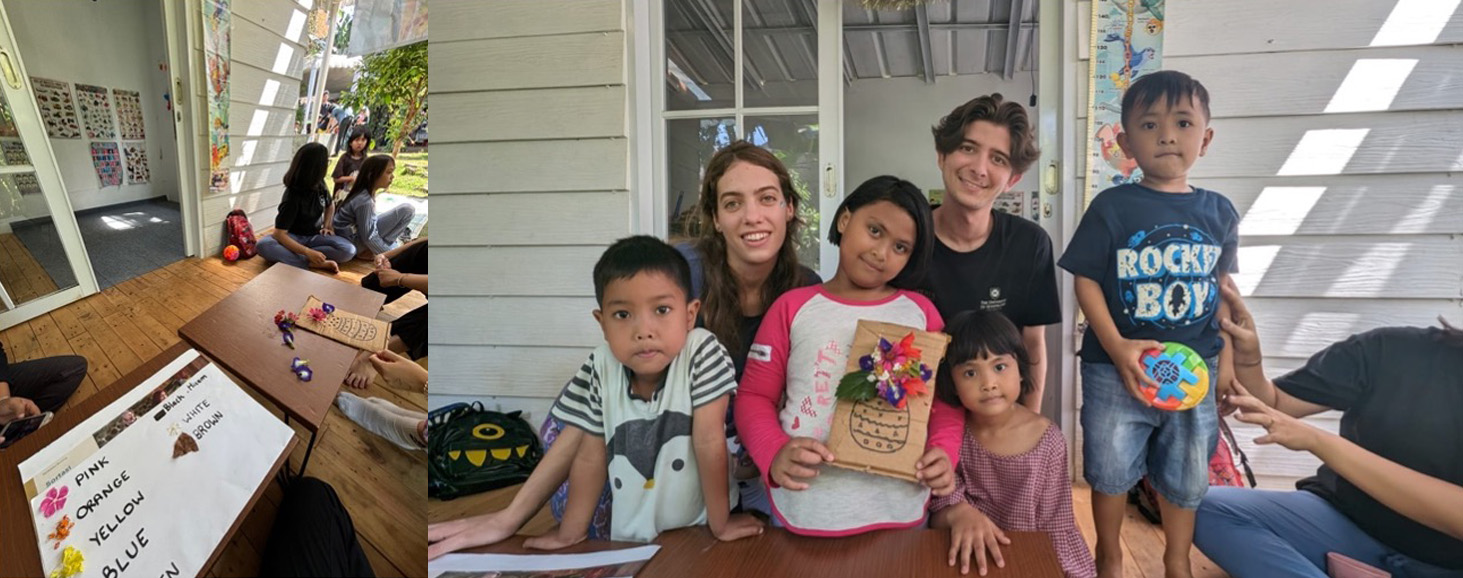
The experience of the NCP Social Entrepreneurship and Cultural Awareness Indonesian Study Tour through Bintan Island and Bandung has been nothing short of transformative. From the warm hospitality of the local communities in Bintan to the insightful lectures and cultural exchanges at Institut Teknologi Bandung - every moment has left an indelible mark on our hearts and minds.
The connections we forged with members of the community and the lovely staff and students from ITB have exemplified the spirit of Indonesia’s national motto, “Bhinneka Tunggal Ika" — or “Unity in Diversity”. I am so grateful for their generosity in sharing their culture and guiding us through unfamiliar terrain, enriching our understanding of Indonesia in profound ways.
I would like to thank the New Colombo Plan, the University of Queensland, and the UQ Liveris Academy for making this trip possible. To the dedicated staff from Politeknik Bintan Cakrawala and Institut Teknologi Bandung, particularly Ibu Ira and Ibu Lisandy, thank you for flawlessly facilitating and organising our journey. A heartfelt thank you to our incredible buddies from ITB who have left a lifelong mark on our hearts, Ghifalda, Evelynn, Jose and Daffa, for making this trip so special.
I extend my deepest gratitude to Kate Regnault, Liveris Academy Coordinator for her outstanding dedication in coordinating our unforgettable journey, we appreciate your invaluable support throughout. And finally, immense thanks to my fellow students from UQ who shared this memorable journey with me: Appolonia, Chloe Daham, Henry, Jordan, Joshua, Blaise, Shreyas, Siddesh, and Will. Terima kasih banyak to all who contributed to these unforgettable experiences we will forever cherish.



